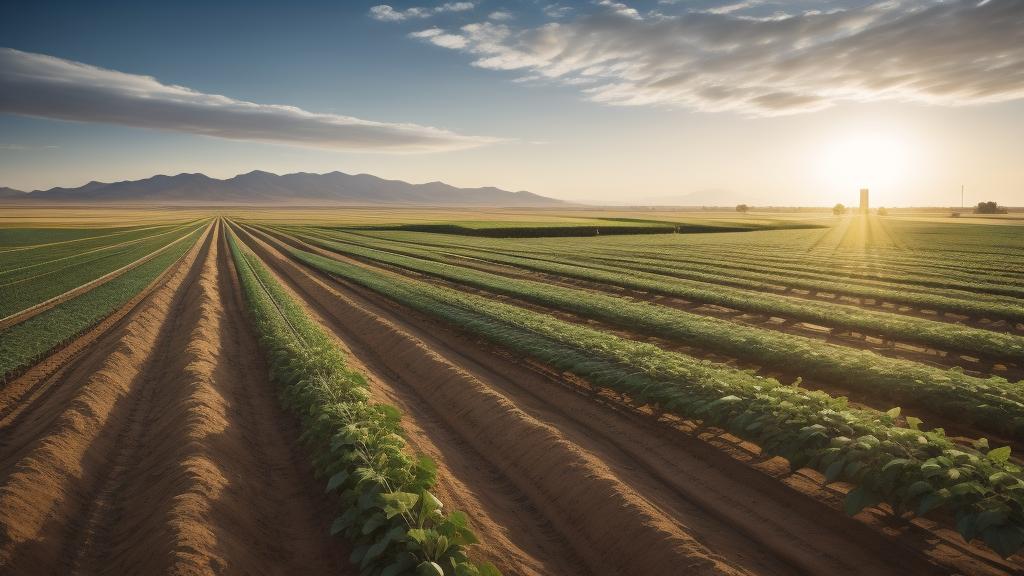The sun, a mighty source of energy, has long been associated with the thriving fields of agriculture. But what if this same celestial powerhouse could serve a dual purpose? Enter solar-powered farming—a burgeoning frontier in the quest for sustainable agriculture. The concept is ingeniously simple: use photovoltaic panels to generate electricity, thereby powering essential farm operations while simultaneously reducing reliance on fossil fuels. In a world increasingly focused on combating climate change, solar energy stands tall as a beacon of hope for the farming sector and beyond.
Imagine a vast expanse of farmland dotted with glistening solar panels. It's an idyllic vision that is rapidly becoming a reality. These panels, strategically placed, harness the sun's rays to power irrigation systems, greenhouses, and even farm machinery. The benefits are manifold. Not only does this reduce greenhouse gas emissions, but it also cuts energy costs for farmers—an enticing prospect for those grappling with the financial pressures of modern agriculture.
One revolutionary application of solar power in agriculture is the concept of agrivoltaics. This innovative approach involves growing crops beneath solar panels, creating a synergistic relationship between plant and power. The panels provide shade, reducing water evaporation and protecting crops from extreme temperatures. In turn, the crops help keep the panels cool, enhancing their efficiency. It's a win-win situation that promises to transform how we think about food production.
Beyond the environmental and economic benefits, solar-powered farming also holds significant social impact. Rural communities, often the heartbeat of agricultural life, can reap the rewards of job creation and improved energy access. As more farms transition to solar power, new employment opportunities arise, from panel installation to maintenance. Additionally, the decentralized nature of solar energy can provide a reliable power source in areas previously underserved by traditional electricity grids.
Yet, like any emerging technology, solar-powered farming faces its share of challenges. Initial setup costs can be daunting, particularly for small-scale farmers with limited access to capital. Furthermore, the integration of solar panels into existing farm infrastructures requires careful planning and expertise. However, with the rise of government incentives and financing options, these obstacles are becoming increasingly surmountable.
Looking to the future, the potential for solar energy in agriculture is vast. As technology continues to advance, we can expect even greater efficiencies and lower costs. Innovations such as solar-powered drones for crop monitoring and automated irrigation systems are on the horizon, promising to make farming not only more sustainable but also more precise and productive.
In conclusion, harnessing solar power for agriculture represents a confluence of environmental stewardship, economic savvy, and social responsibility. By embracing this renewable energy source, we are sowing the seeds for a greener, more resilient farming industry—one that can sustain both our planet and its people for generations to come.
harnessing solar power: the future of sustainable agriculture




